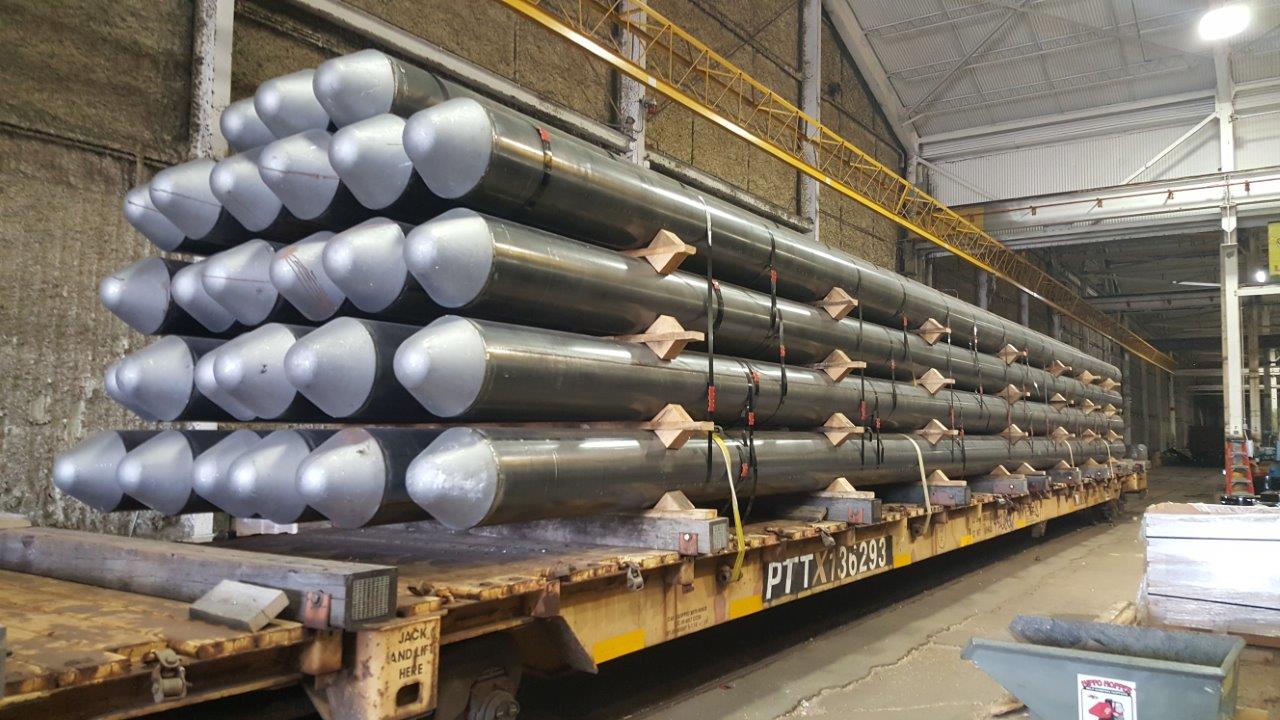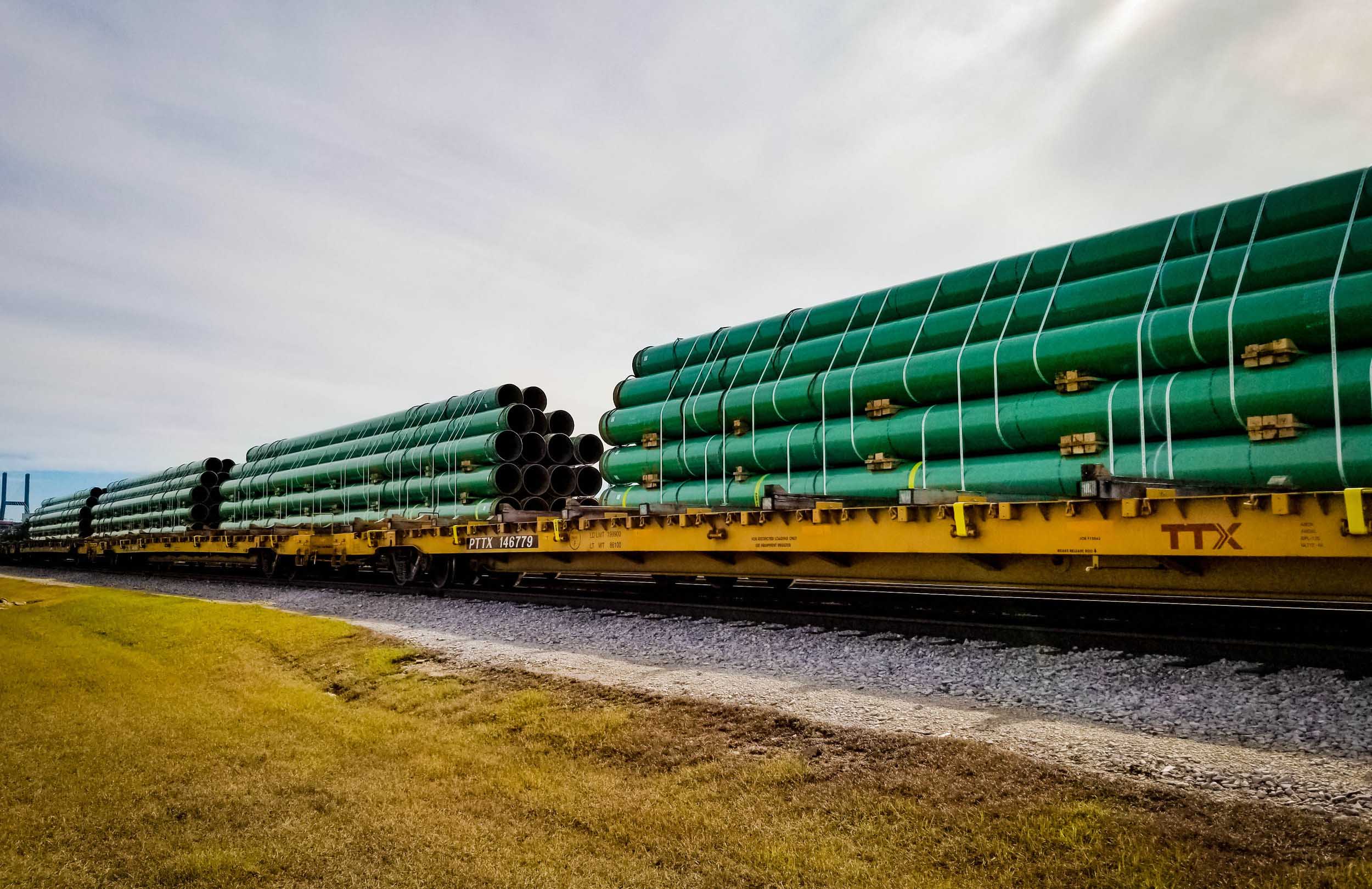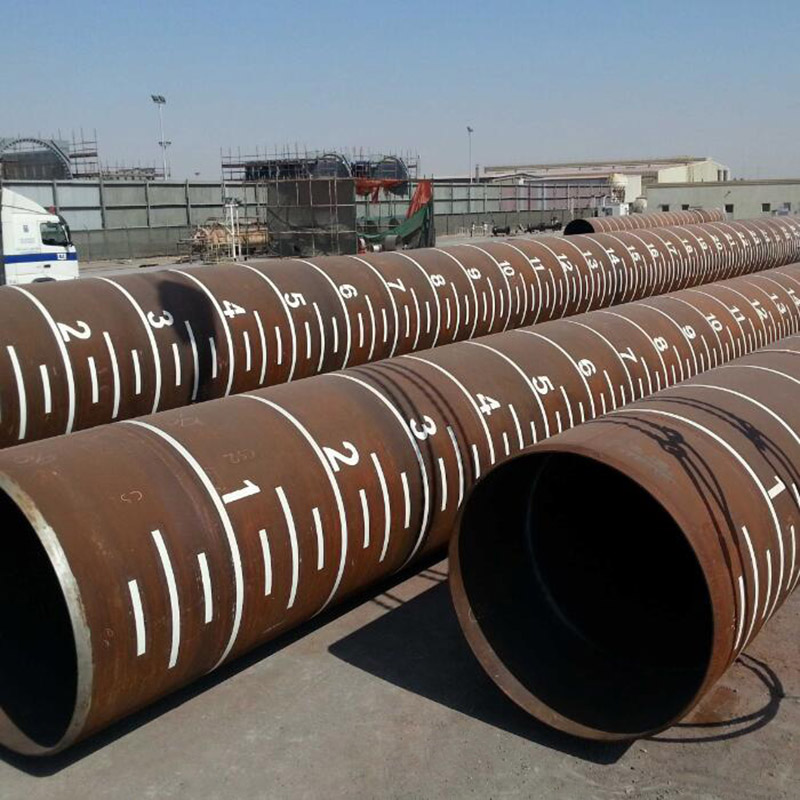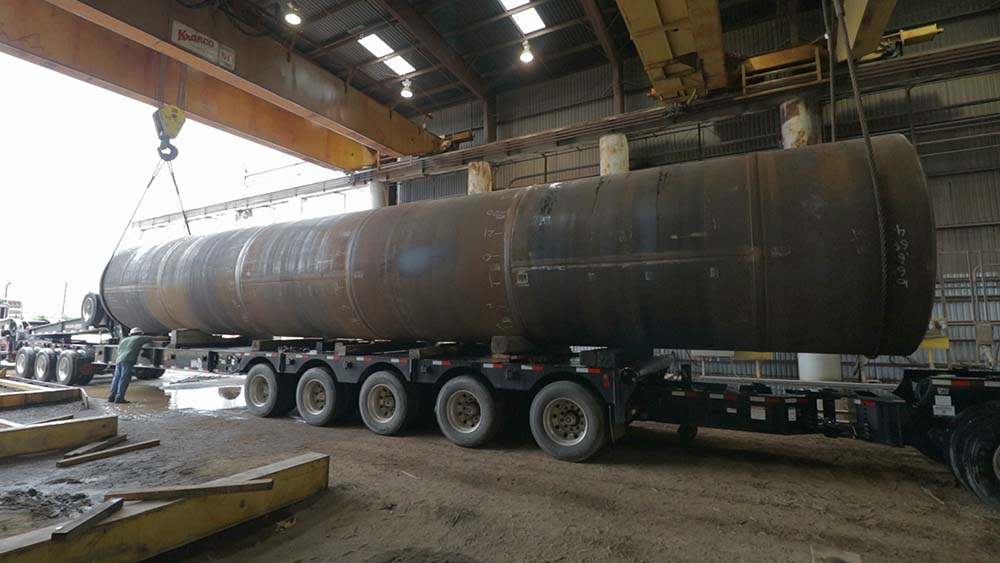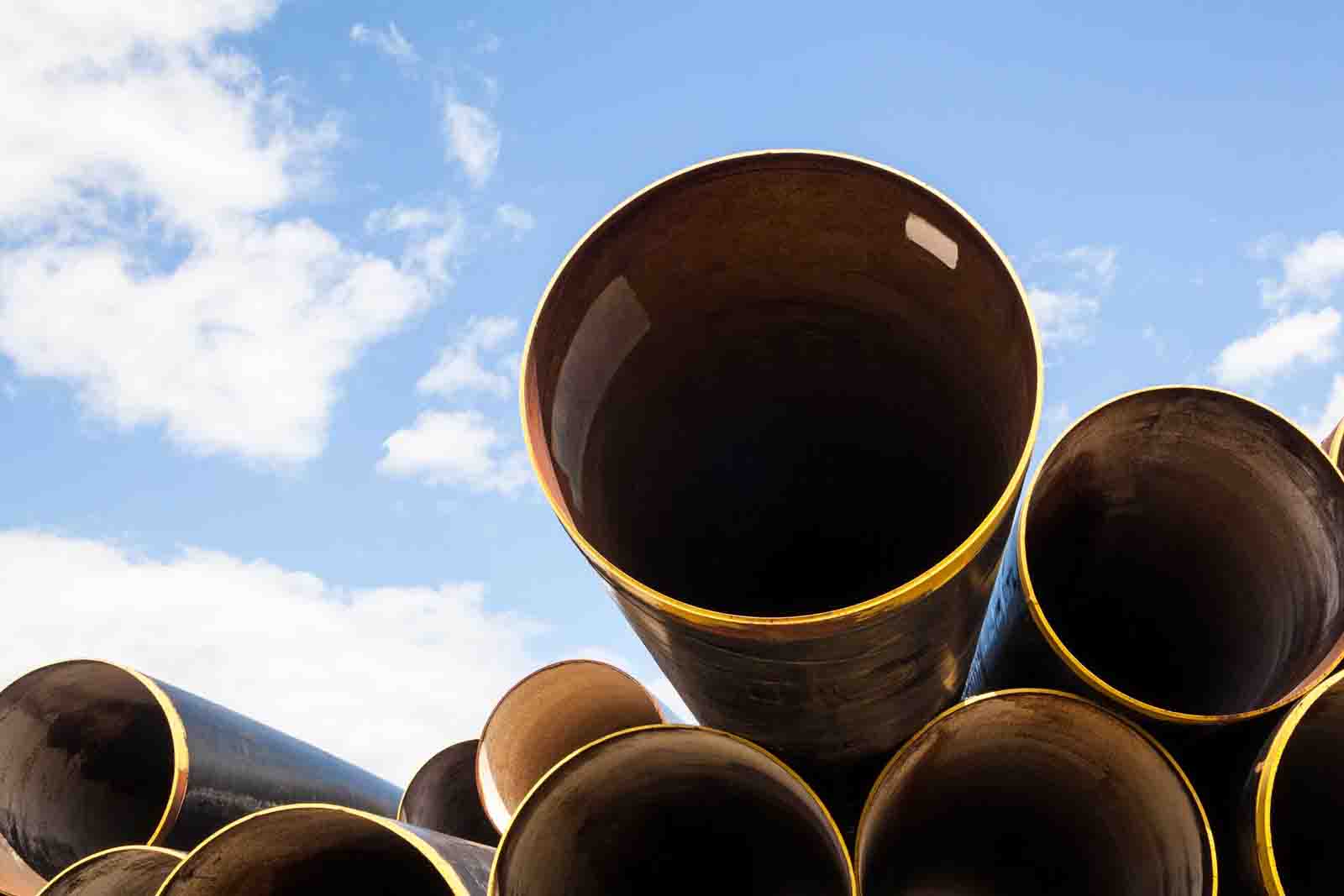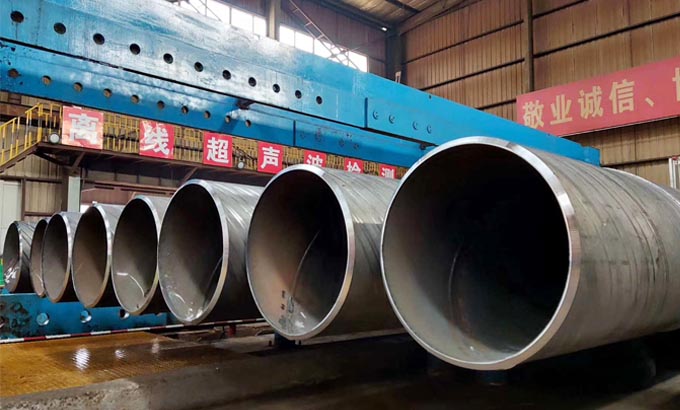Standard Specification for Welded and Seamless Steel Pipe Piles1
This standard is issued under the fixed designation A 252; the number immediately following the designation indicates the year of
original adoption or, in the case of revision, the year of last revision. A number in parentheses indicates the year of last reapproval. A
superscript epsilon (e) indicates an editorial change since the last revision or reapproval.
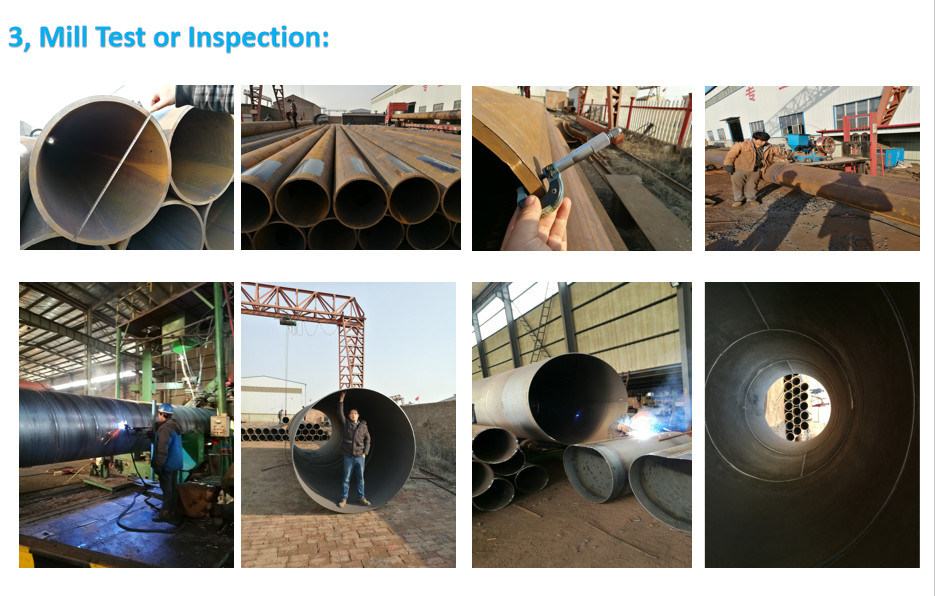
1. Scope
1.1 This specification covers nominal (average) wall steel pipe piles of cylindrical shape and applies to pipe piles in
which the steel cylinder acts as a permanent load-carrying member, or as a shell to form cast-in-place concrete piles.
1.2 The values stated in inch-pound units are to be regarded as standard. The values given in parentheses are mathematical
conversions of the values in inch-pound units to values in SI units.
1.3 The text of this specification contains notes and footnotes that provide explanatory material. Such notes and footnotes, excluding those in tables and figures, do not contain any
mandatory requirements.
1.4 The following precautionary caveat pertains only to the test method portion, Section 16 of this specification. This
standard does not purport to address all of the safety problems, if any, associated with its use. It is the responsibility of the user
of this standard to establish appropriate safety and health practices and determine the applicability of regulatory limitations prior to use.
|
Products Details
|
|||||
|
Commodity
|
Competitice price / quality ERW/ SSAW / LSAW steel pipe pile
|
||||
|
Outer diameter
|
ERW / HFW
|
LSAW / DSAW
|
SSAW / HSAW
|
RHS
|
SHS
|
|
1/8 – 20 inch
(10.3 – 508 mm) |
12 – 56 inch
(323.8 – 1,420 mm) |
8 – 126 inch
(219.1 – 3,200 mm) |
40 x 20 mm –
1,000 x 800 mm |
15 x 15 mm –
1,000 × 1,000 mm |
|
|
Wall thickness
|
0.4 – 16 mm
|
6.0 – 40 mm
|
6.0 – 26 mm
|
1.0 – 30 mm
|
0.6 – 30 mm
|
|
Length
|
5.8 ~ 12.0 m or upon customers’ requirements
|
||||
|
Standard
|
GB/T 3091, GB/T 13793, ASTM A252, ASTM A53, ASTM A500, EN 10210, EN 10219, API 5L,
DIN 1626/1615, DIN 17120, etc. |
||||
|
Grade
|
SS400, Q235, Q345, Q460, A572 Gr.50, A572 Gr.60, S235, S275, S355, Grade A/B, X42, X52,
X60, X70, etc. |
||||
|
Surface
|
Prime quality (bared, oiled, color paint, 3LPE, or other anti-corrosive treatment)
|
||||
|
Application
|
structure, electric power transmission tower projects, piling, water, oil & gas pipeline engineering, mechanical industry,
municipal projects, roads and its auxiliary facilities, etc. |
||||
|
Packing
|
Standard export, in bulk / bundles / nylon fabric bags with seaworthy packing;
or according to customers’ requestments. |
||||
|
Delivery Time
|
1. 20-45 days after received deposit or confirmed L/C
2. Depends on your oder quantity |
||||
|
Payment Terms
|
1. T/T: 30% T/T advance, 70% balance copy of B/L
2. L/C: at sight 3. T/T and L/C: 30% T/T advance, 70% L/C |
||||
|
Port
|
China main port
|
||||
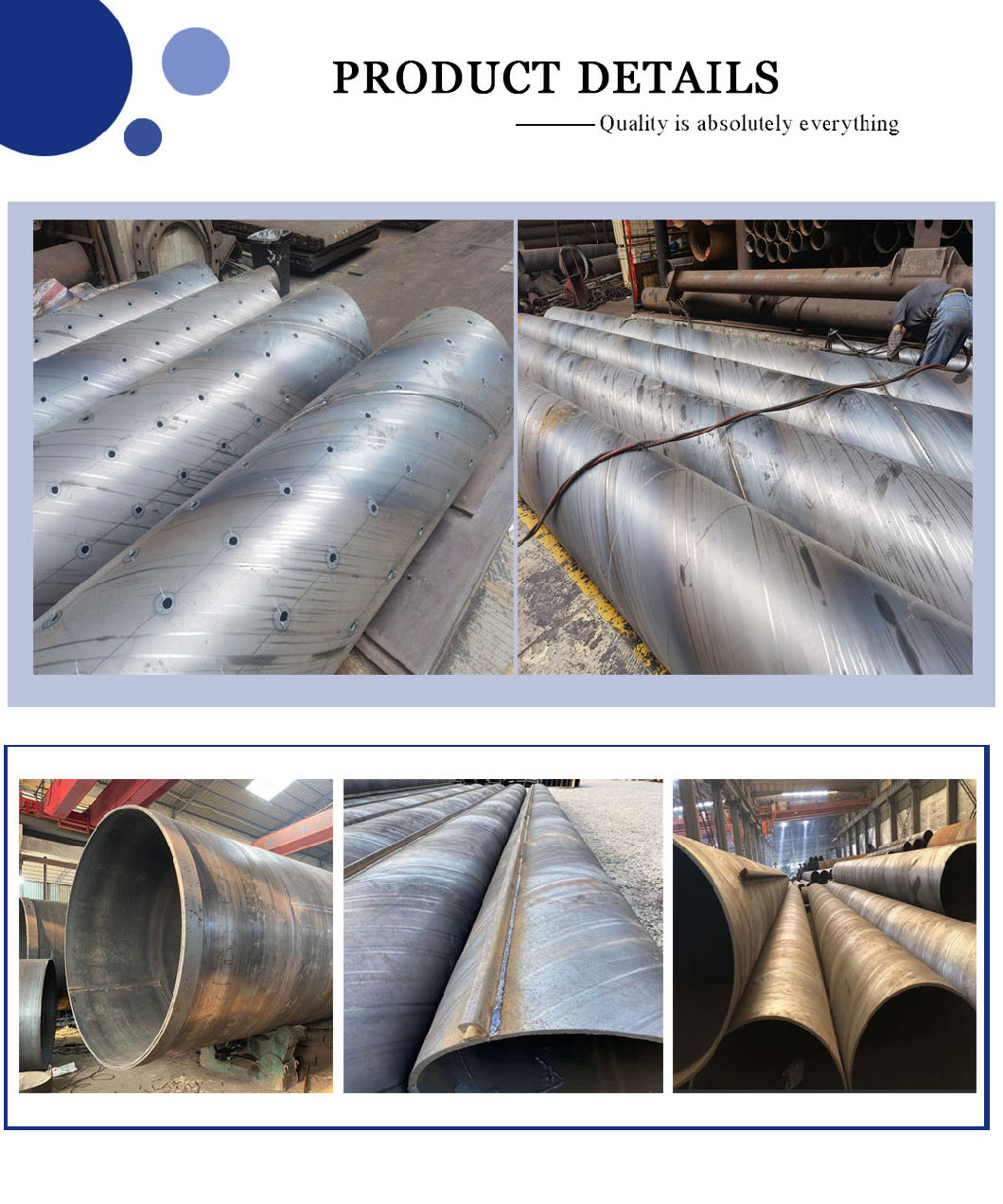 When the cofferdam is used, the steel pipe piles are overlapped with each other in an arc or circular shape. It can enclose water, soil and sand. The utility model has the advantages of novel design, simple structure, convenient use, easy lapping and good sealing. It includes non-circular cross section profile, equal wall thickness, variable wall thickness, variable diameter and variable wall thickness along the length direction, symmetric and asymmetric cross section, etc. Such as square, rectangular, tapered, trapezoidal, spiral tube, etc.
When the cofferdam is used, the steel pipe piles are overlapped with each other in an arc or circular shape. It can enclose water, soil and sand. The utility model has the advantages of novel design, simple structure, convenient use, easy lapping and good sealing. It includes non-circular cross section profile, equal wall thickness, variable wall thickness, variable diameter and variable wall thickness along the length direction, symmetric and asymmetric cross section, etc. Such as square, rectangular, tapered, trapezoidal, spiral tube, etc.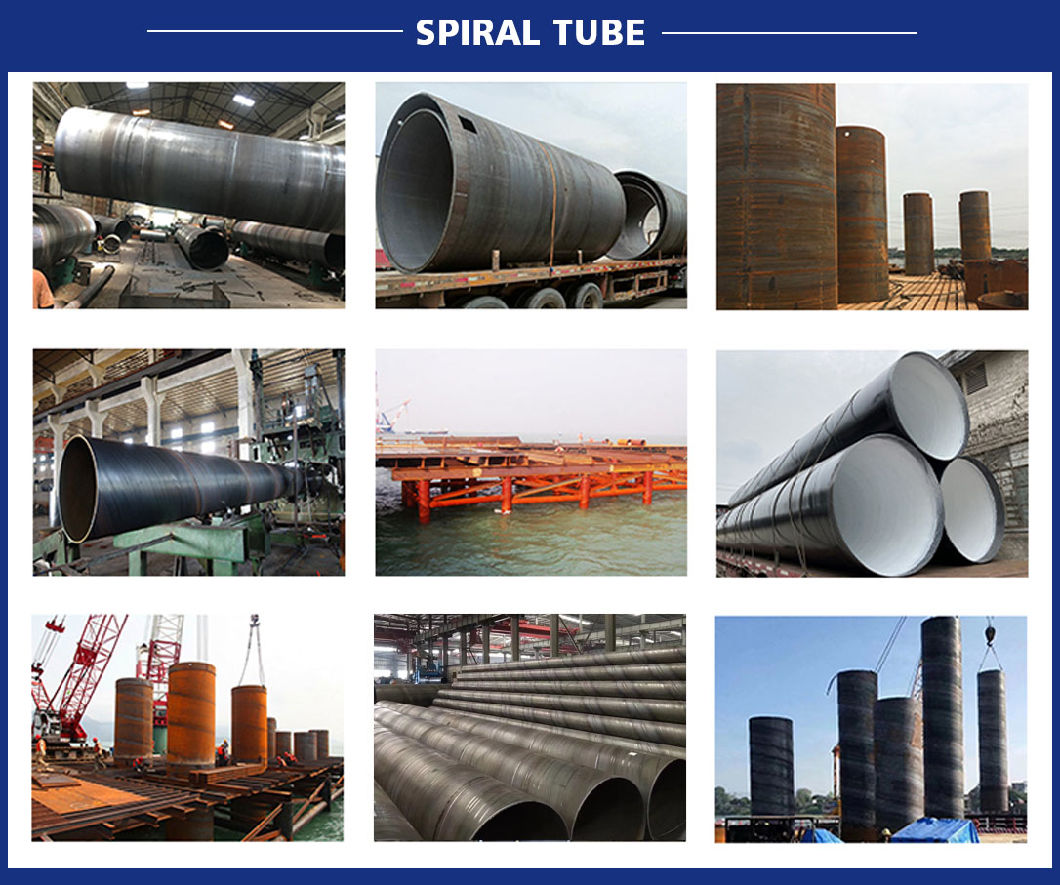
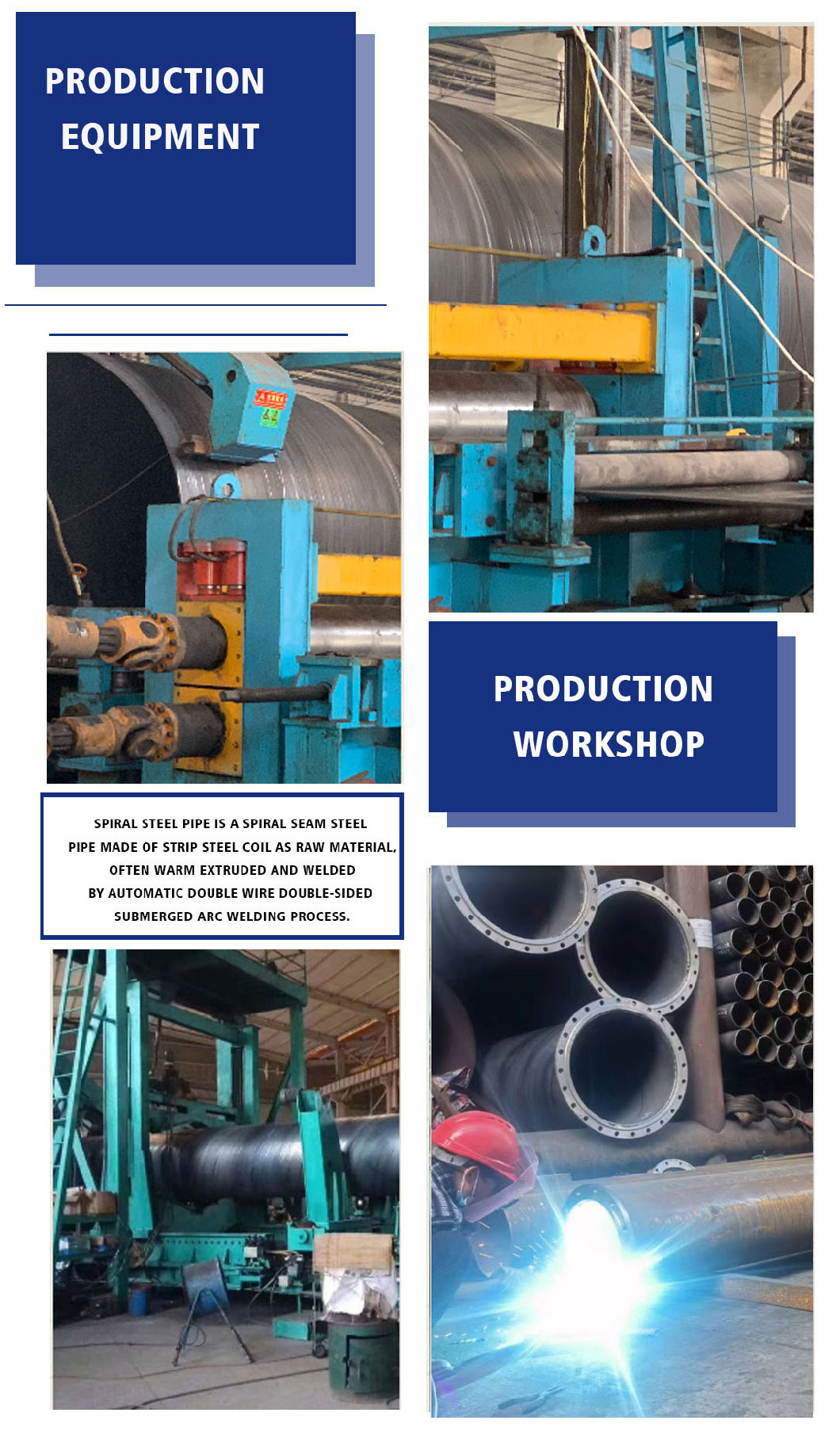
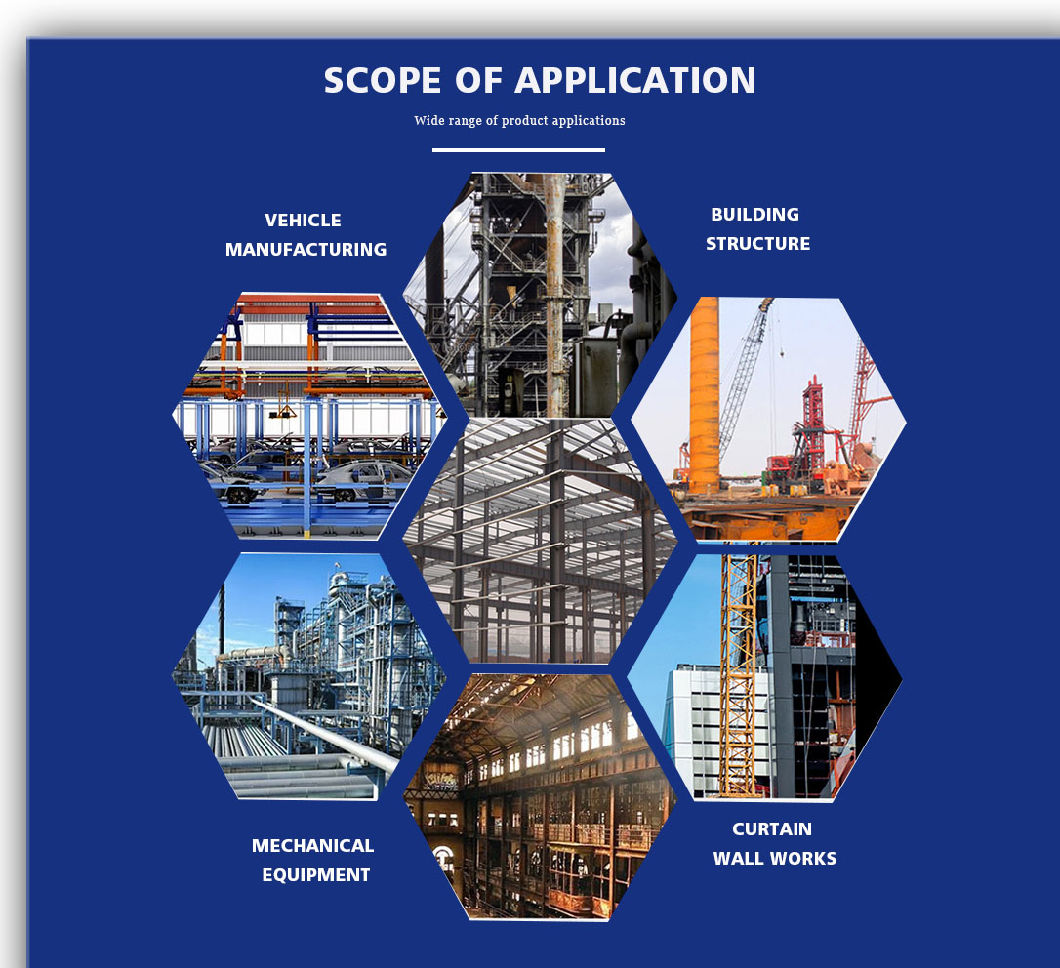
2. Referenced Documents
2.1 ASTM Standards:
A 370 Test Methods and Definitions for Mechanical Testing
of Steel Products2
A 751 Test Methods, Practices, and Terminology for
Chemical Analysis of Steel Products2
A 941 Terminology Relating to Steel, Stainless Steel, Related Alloys, and Ferroalloys3
E 29 Practice for Using Significant Digits in Test Data to
Determine Conformance with Specifications
3. Terminology
3.1 Definitions—Definitions of terms used in this specification shall be in accordance with Terminology A 941.
3.1.1 defect—an imperfection of sufficient size or magnitude to be cause for rejection.
3.1.2 imperfection—any discontinuity or irregularity found
in the pipe.
4. Ordering Information
4.1 Orders for material under this specification shall contain
information concerning as many of the following items as are
required to describe the desired material adequately:
4.1.1 Quantity (feet or number of lengths),
4.1.2 Name of material (steel pipe piles),
4.1.3 Method of manufacture (seamless or welded),
4.1.4 Grade (Tables 1 and 2),
4.1.5 Size (outside diameter and nominal wall thickness),
4.1.6 Lengths (single random, double random, or uniform)
(see Section 13),
4.1.7 End finish (Section 15), and
4.1.8 ASTM specification designation and year of issue,
4.1.9 Location of purchaser’s inspection (see 19.1), and
4.1.10 Bar coding (see 22.2).
5. Materials and Manufacture
5.1 The piles shall be made by the seamless, electric
resistance welded, flash welded, or fusion welded process. The
seams of welded pipe piles shall be longitudinal, helical-butt,
or helical-lap.
NOTE 1—For welded pipe piles, the weld should not fail when the
product is properly fabricated and installed and subjected to its intended
end use.
6. Process
6.1 The steel shall be made by one or more of the following
processes: open-hearth, basic-oxygen, or electric-furnace.
7. Chemical Composition
7.1 The steel shall contain no more than 0.050 % phosphorous.
8. Heat Analysis
8.1 Each heat analysis shall conform to the requirement
specified in 7.1. When requested by the purchaser, the applicable heat analyses shall be reported to the purchaser ro the
purchaser’s representative.
9. Product Analysis
9.1 Chemical analysis shall be in accordance with Test
Methods, Practices, and Terminology A 751.
9.2 It shall be permissible for the purchaser to make product
analyses using samples from lots of pipe piles as follows:
Pipe Size Outside
Diameter, in. (mm)
Number of Samples and Size of Lot
Under 14 (355.6) 2 from 200 pipe or fraction thereof
14 to 36, incl (355.6
to 914)
2 from 100 pipe or fraction thereof
Over 36 (914) 2 from 3000 ft (914 m) or fraction thereof
The product analyses shall conform to the requirement in
7.1.
9.3 If the chemical compositions of both of the samples
representing a lot fail to conform to the specified requirement,
the lot shall be rejected or analyses of four additional samples
selected from the lot shall be made, and each shall conform to
the specified requirement. If the chemical composition of only
one of the samples representing a lot fails to conform to the
specified requirement, the lot shall be rejected or analyses of
two additional samples selected from the lot shall be made, and
each shall conform to the specified requirement.
10. Tensile Requirements
10.1 The material shall conform to the requirements as to
tensile properties prescribed in Tables 1 and 2.
10.2 The yield point shall be determined by the drop of the
beam, by the halt in the gage of the testing machine, by the use
of dividers, or by other approved methods. When a definite
yield point is not exhibited, the yield strength corresponding to
a permanent offset of 0.2 % of the gage length of the specimen,
or to a total extension of 0.5 % of the gage length under load
shall be determined.
11. Weights Per Unit Length
11.1 The weights per unit length for various sizes of pipe
piles are listed in Table 3.
11.2 For pipe pile sizes not listed in Table 3, the weight per
unit length shall be calculated as follows:
W5 10.69~D 2 t!t (1)
W = weight per unit length, lb/ft,
D = specified outside diameter, in., and
t = specified nominal wall thickness, in.
12. Permissible Variations in Weights and Dimensions
12.1 Weight—Each length of pipe pile shall be weighed
separately and its weight shall not vary more than 15 % over or
5 % under its theoretical weight, calculated using its length and
its weight per unit length (see Section 11).
12.2 Outside Diameter—The outside diameter of pipe piles
shall not vary more than 61 % from the specified outside
diameter.
12.3 Wall Thickness—The wall thickness at any point shall
not be more than 12.5 % under the specified nominal wa
shown in Table X1.1 (see Appendix) for various nominal wall thicknesses.
13. Lengths
13.1 Pipe piles shall be furnished in single random lengths,
double random lengths, or in uniform lengths as specified in
the purchase order, in accordance with the following limits:
Single random lengths 16 to 25 ft (4.88 to 7.62 mm), incl
Double random lengths over 25 ft (7.62 m) with a minimum average
of 35 ft (10.67 m)
Uniform lengths length as specified with a permissible variation of 61 in.
13.2 Lengths that have been spliced at the mill by welding
shall be acceptable as the equivalent of unspliced lengths
provided tension test specimens cut from sample splices
conform to the tensile strength requirements prescribed in
Tables 1 and 2. The welding bead shall not be removed for this
test. Such specimens shall be made in accordance with the
provisions specified in Sections 16-18
PDF DOWNLOADS : ASTM A252 Standard-Specification-for-Welded-and-Seamless-Steel-Pipe-Piles

